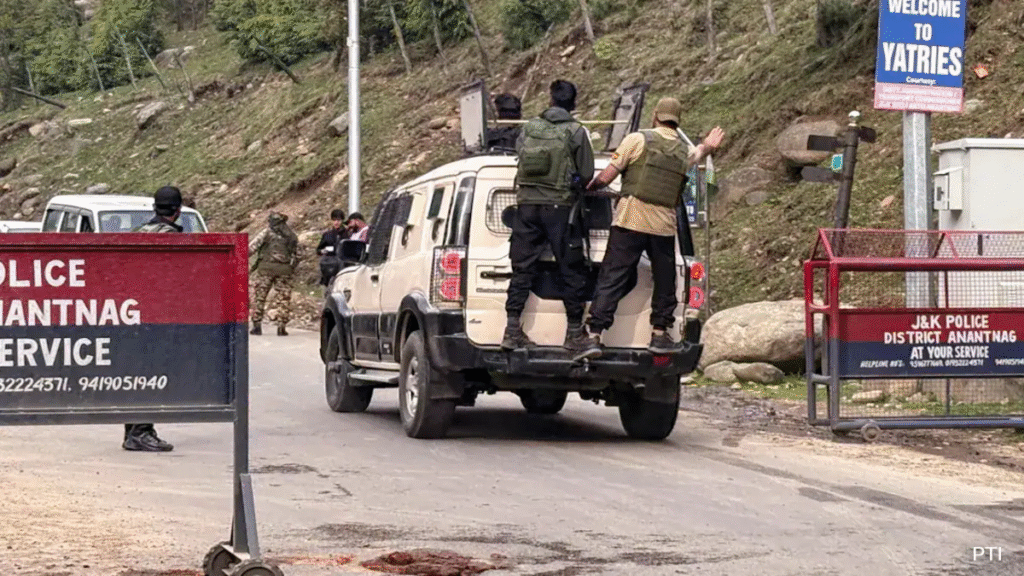Now Reading: Powerful Earthquake Devastates Tibet: Over 126 Lives Lost, Rescue Efforts Intensify
-
01
Powerful Earthquake Devastates Tibet: Over 126 Lives Lost, Rescue Efforts Intensify
Powerful Earthquake Devastates Tibet: Over 126 Lives Lost, Rescue Efforts Intensify

A powerful earthquake has struck Tibet, leaving a trail of destruction and despair in its wake. The quake, which occurred early Tuesday morning, has claimed the lives of at least 126 people and injured hundreds more. Thousands of homes have been destroyed, leaving countless families displaced and vulnerable. Rescue efforts are underway, with teams battling challenging conditions to reach those trapped beneath the rubble.
Earthquake Details and Impact
The earthquake, measuring 6.8 on the Richter scale according to Chinese authorities and 7.1 according to the US Geological Survey, struck at 6:35 am local time. The epicenter was located in Tingri County, a remote area approximately 80 kilometers north of Mount Everest. The tremors were felt across a wide region, including Nepal, Bhutan, and parts of India, causing widespread panic and fear.
The quake’s impact has been particularly severe in the rural areas of Tibet, where many homes are constructed from traditional materials and are not designed to withstand strong earthquakes. The tremors caused widespread damage, with entire villages reduced to rubble. The loss of homes has left thousands of people without shelter, exposed to the harsh winter conditions of the Tibetan plateau.
Rescue Efforts and Challenges
In the immediate aftermath of the earthquake, local authorities mobilized rescue teams to search for survivors and provide aid to those affected. However, the remote location of the affected areas and the challenging terrain have hampered rescue efforts. Many roads have been damaged or blocked by landslides, making it difficult to transport personnel and equipment to the affected areas.
The high altitude and freezing temperatures in the region are also posing significant challenges for rescue workers. Hypothermia is a serious risk for those trapped beneath the rubble, and rescue teams are racing against time to find survivors before it is too late.
Despite these challenges, rescue efforts are continuing around the clock. Teams of firefighters, soldiers, and medical personnel are working tirelessly to locate survivors, provide medical assistance, and distribute essential supplies such as food, water, and blankets.
International Response and Aid
The international community has also offered assistance to China in the wake of the earthquake. Several countries have pledged to provide financial aid and logistical support to help with rescue and relief efforts. The United Nations has also offered its assistance, and international aid organizations are mobilizing to provide emergency assistance to those affected.
The Road to Recovery
The earthquake in Tibet is a tragedy that has caused immense suffering and loss. The road to recovery will be long and difficult, but the resilience and strength of the Tibetan people will be crucial in overcoming this adversity.
In the coming days and weeks, the focus will be on providing immediate assistance to those affected, ensuring that they have access to shelter, food, water, and medical care. The long-term recovery efforts will focus on rebuilding homes and infrastructure, and helping communities to rebuild their lives.
The earthquake in Tibet is a stark reminder of the power of nature and the vulnerability of human settlements. It is also a reminder of the importance of international cooperation and solidarity in times of crisis. The world must stand together with the people of Tibet as they begin the difficult process of recovery and rebuilding.
Additional Considerations:
- Geological Context: The region where the earthquake struck is located in a seismically active zone, where the Indian and Eurasian tectonic plates collide. This collision has created the Himalayas and is responsible for the frequent earthquakes in the region.
- Impact on Local Communities: The earthquake has had a devastating impact on local communities, particularly in rural areas where infrastructure is weak and access to resources is limited. The loss of homes and livelihoods will have long-term consequences for these communities.
- Environmental Impact: The earthquake may also have caused environmental damage, such as landslides and damage to natural habitats. Further assessments will be needed to determine the full extent of the environmental impact.
Final Thought
The earthquake in Tibet is a tragedy that has caused immense suffering and loss. The resilience and strength of the Tibetan people will be crucial in overcoming this adversity. The international community must continue to provide support and assistance to help the affected communities recover and rebuild their lives.










